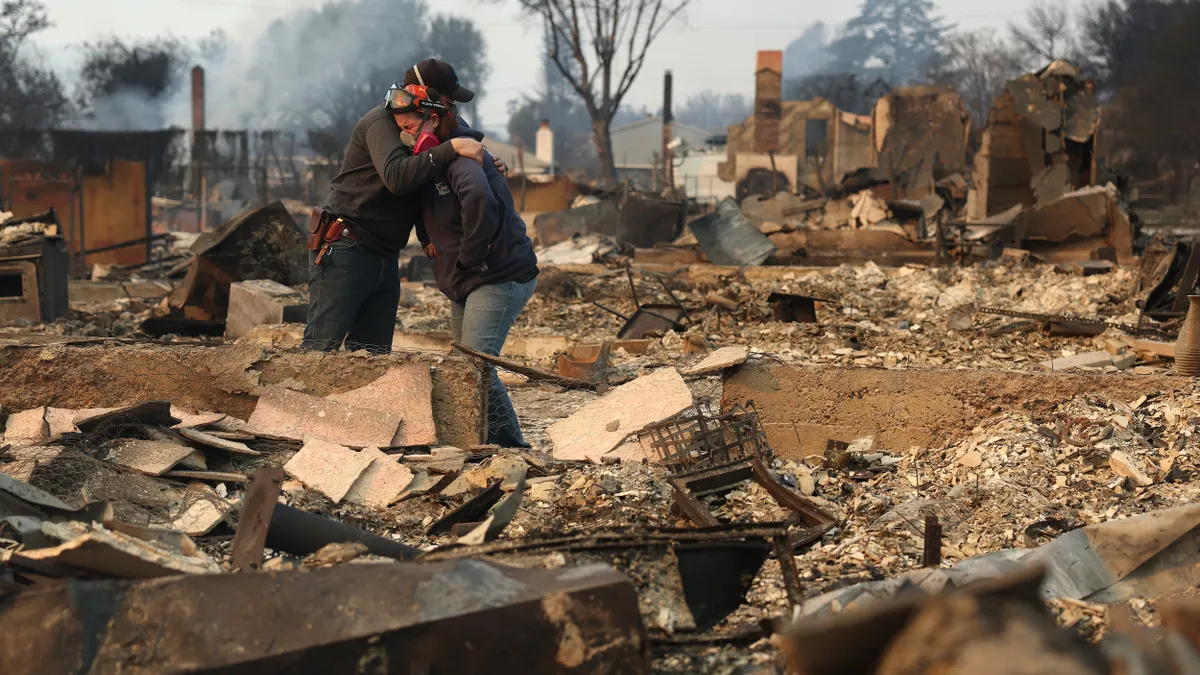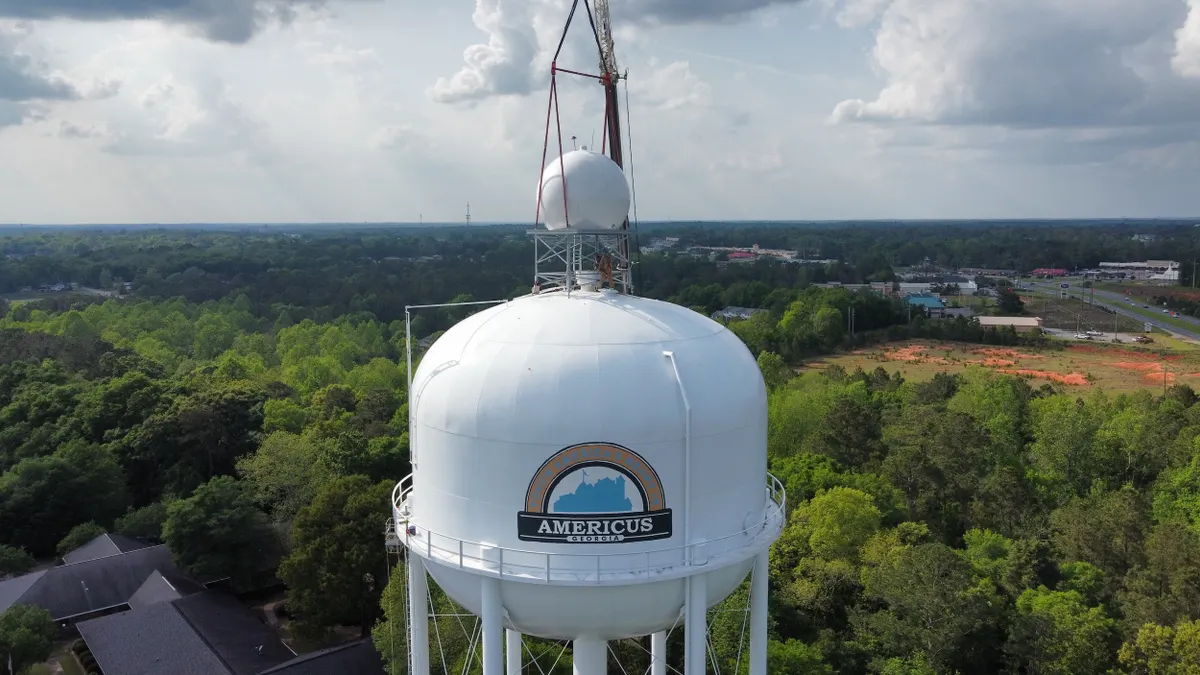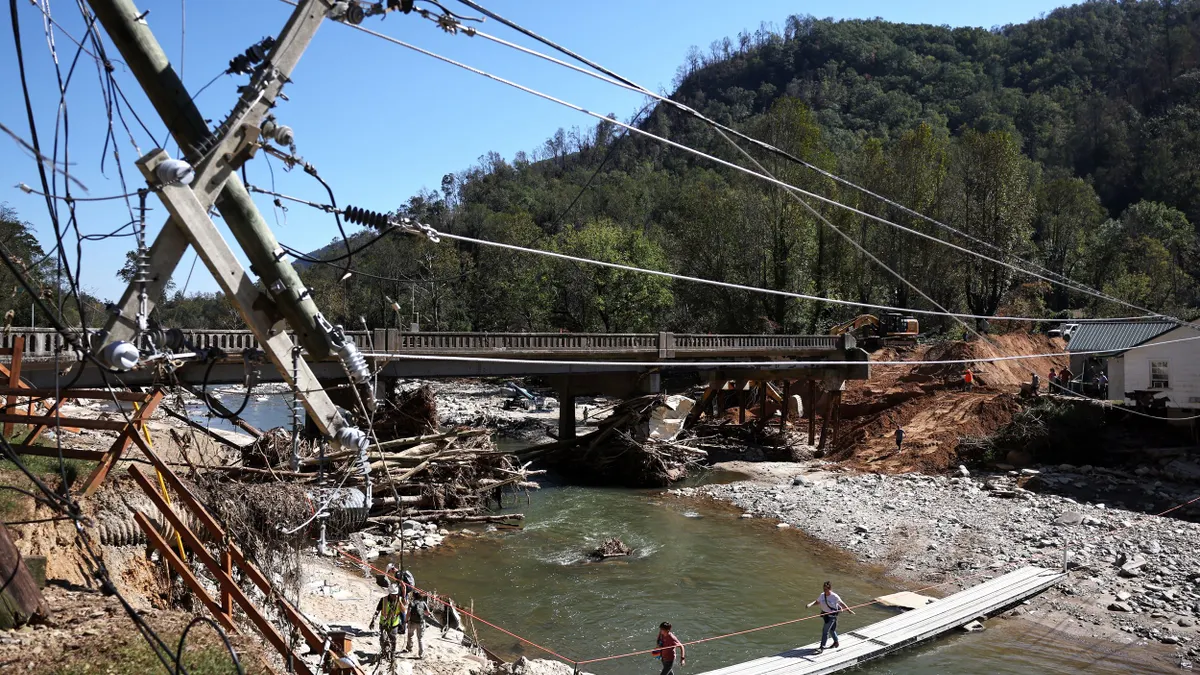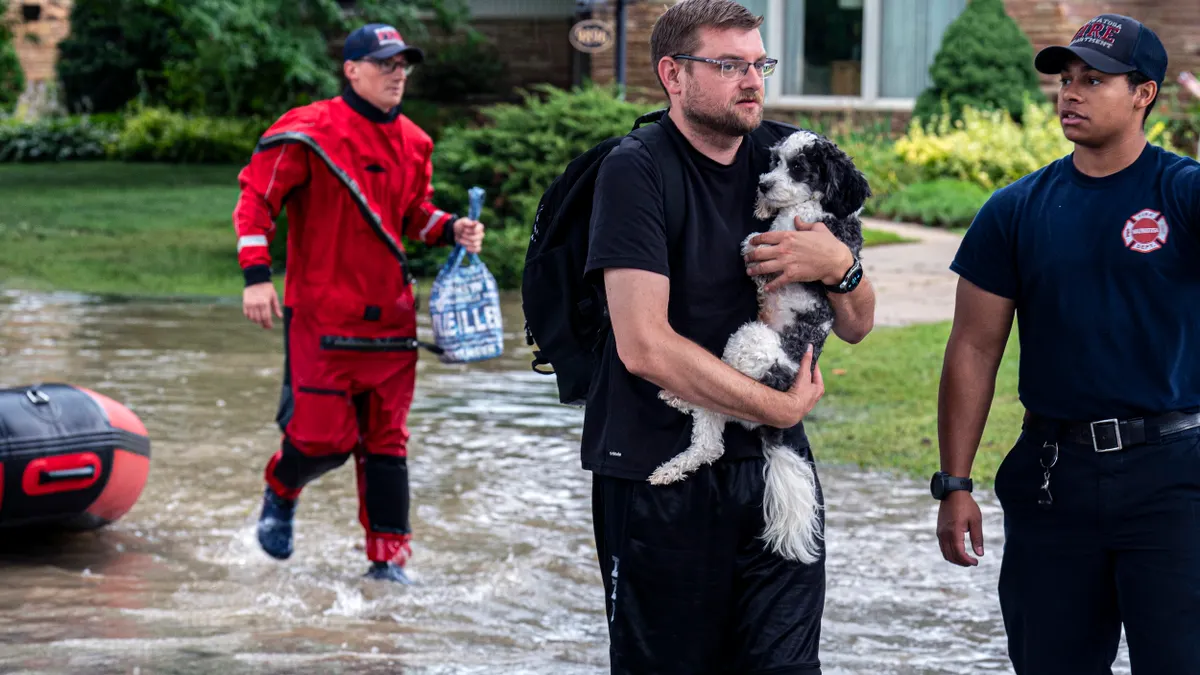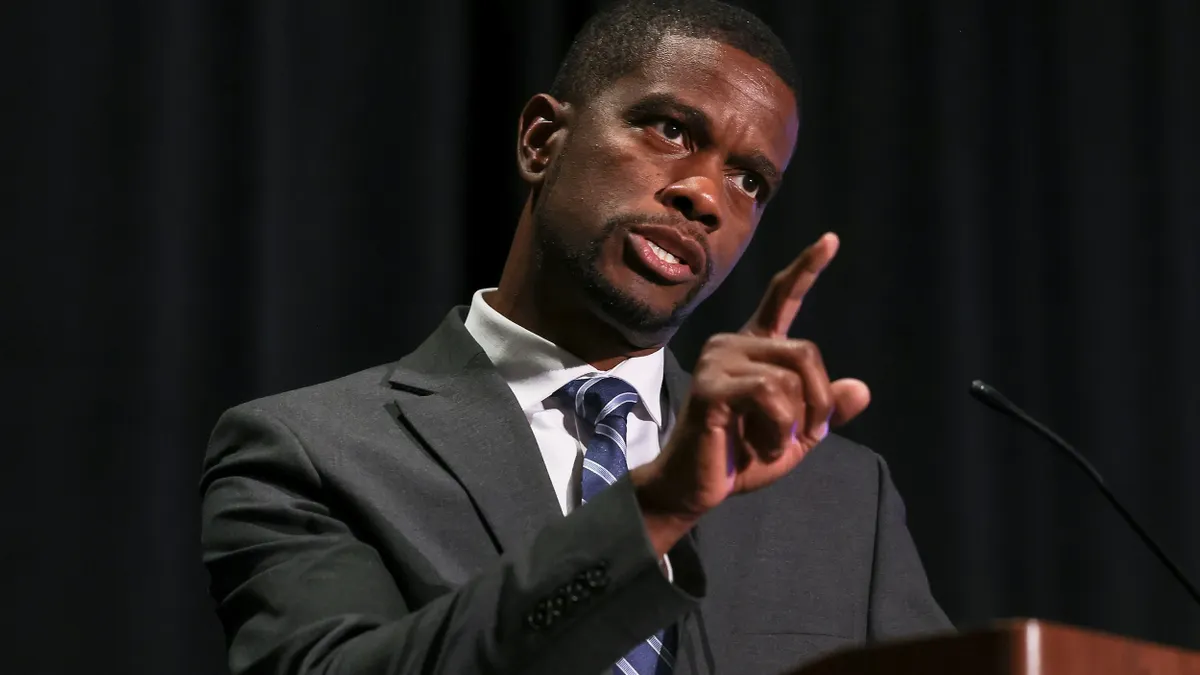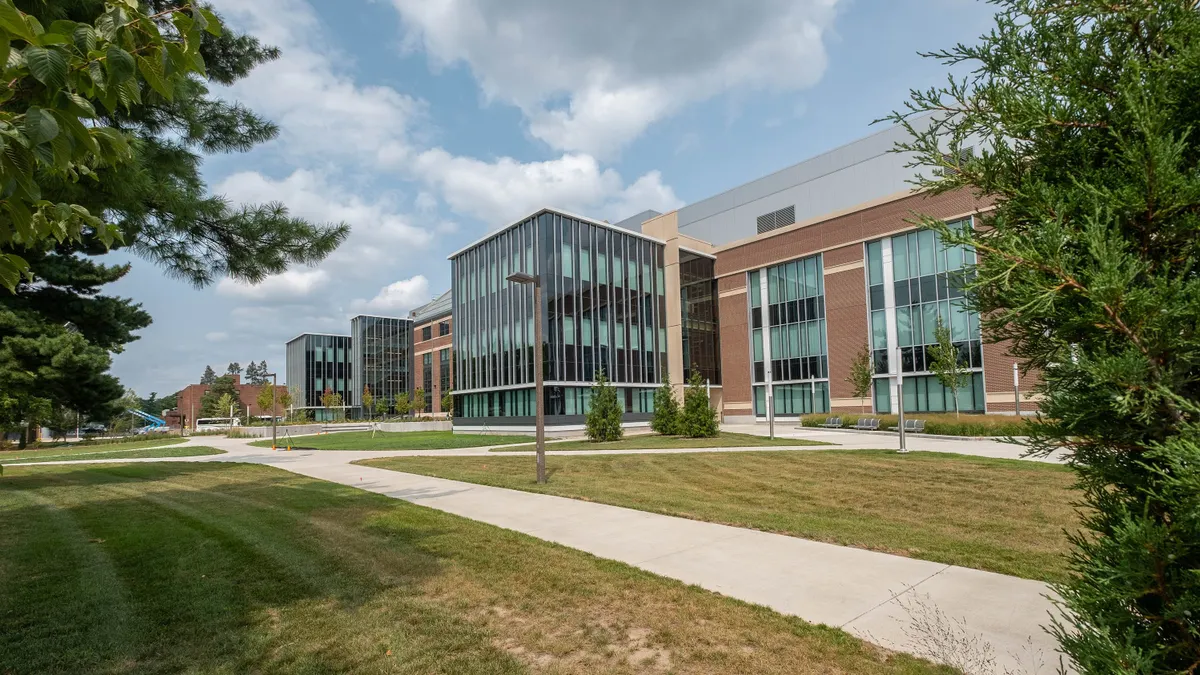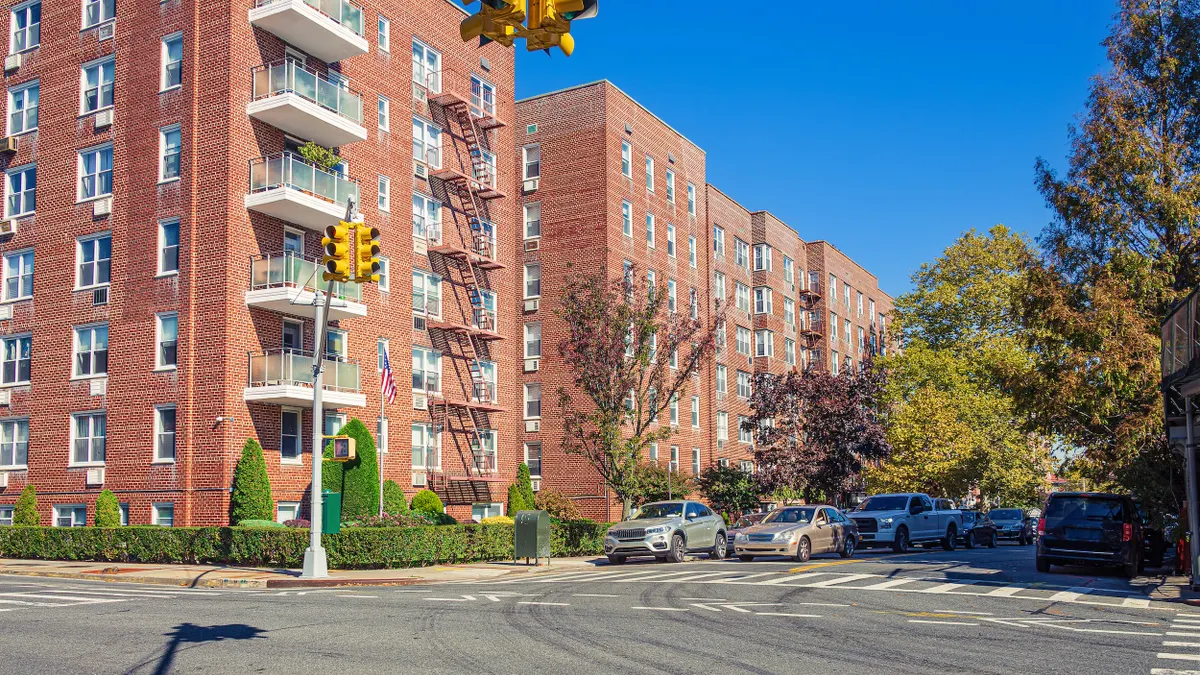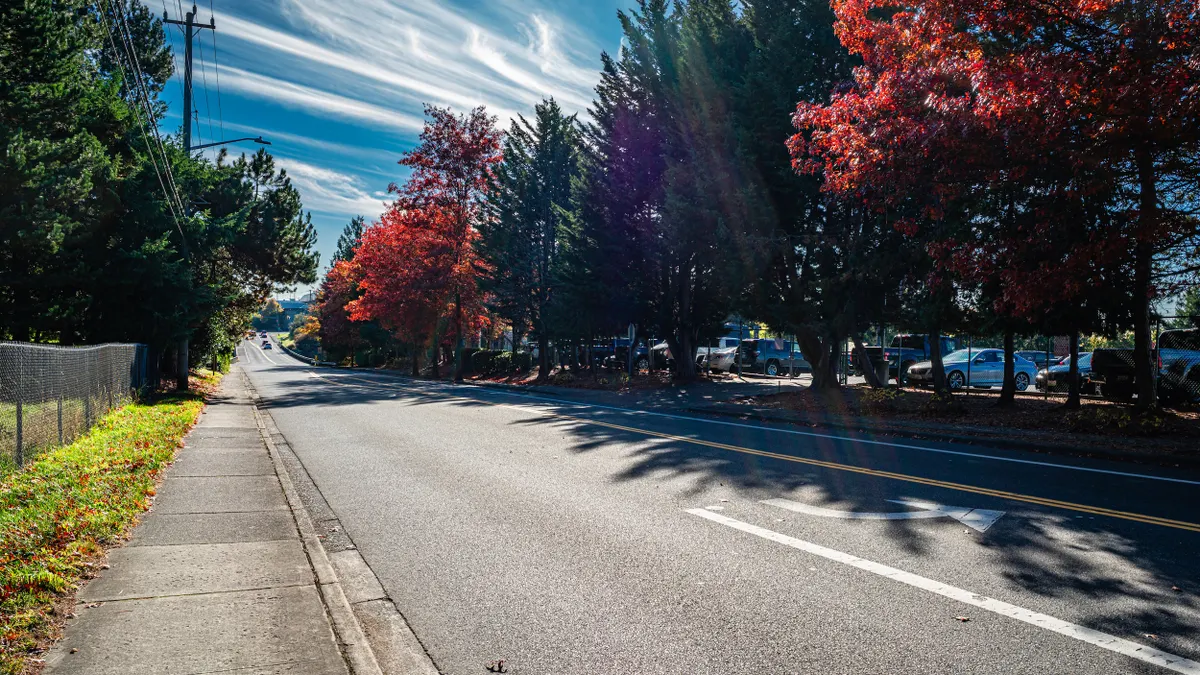Farid Yaghoubtil is a founding partner of Los Angeles-based Downtown L.A. Law Group. The firm represents numerous Altadena-area fire survivors.
The Eaton Fire that swept through Altadena, California, in January destroyed more than 9,400 structures and burned around 14,000 acres, displacing families who are still struggling to recover. Some homes burned to the slab. Others still stand but are unsafe because wind-borne debris from century-old materials left toxic residues on walls and in attics. Even families who still have a house cannot simply go home. This tragedy reveals that California is not prepared for the full impacts of an urban disaster.
My law firm represents numerous displaced Altadena-area families. Every day, I hear that recovery here does not look like the wildfire playbooks we know. This was an urban fire in dense neighborhoods with older construction. The surviving structures require costly remediation for asbestos, lead and arsenic. Families also face permitting and utility systems that are not designed to handle thousands of rebuilds at once. Many families are still focused on stabilizing children and elders before they can consider long-term housing plans or budgets.
Underinsurance is the second disaster. Many homeowners had policies sized for yesterday’s replacement costs rather than today’s reality. Temporary housing paid for by insurers has ended for some, forcing families to live with relatives or lease smaller apartments, often far from schools and work. Rents have climbed as demand outstrips supply. No payout can repair that disruption.
Principles to guide policymaking
Public policy in California has not caught up to this new pattern of loss. To prepare for future disasters, policymakers should follow these principles:
First, remediation must be treated as a public necessity, not a homeowner afterthought. Where contamination is documented, targeted grants or vouchers should fund safe cleanup before any rebuild.
Second, permitting needs a surge plan. Counties and cities can station additional plan checkers near impacted zones, publish clear lanes for fire-related submittals and allow concurrent reviews so architectural and engineering checks do not add months in sequence.
Third, temporary housing support needs to be extended in step with delays. Families should not be penalized for bottlenecks beyond their control.
Other support needed
Homeowners also need help choosing the right builders. Insurance and mortgage servicers often require licensed contractors, but licensing alone is not enough. Rebuilding after a disaster demands teams capable of deciphering code updates, inspections and utilities and these professionals need expertise in building resiliently for what the future may bring. Local agencies should provide clear consumer guidance, updated weekly, listing available licensed firms and the specific post-fire skills residents will need to find in their contractors.
For many, legal relief will help. The state’s Wildfire Fund exists to backstop certain utility-related fire claims, which is essential for those who are uninsured or underinsured. But even perfectly insured families face losses that standard homeowners’ policies do not cover, from emotional distress to community disruption to the unique harms of an urban fire. Understanding how to make those claims and understanding the timelines for relief often requires counsel, and survivors deserve transparent information about their options.
Altadena’s experience is not an outlier. It is a signal. As climate pressures intersect with aging urban housing, California will see more events like this one: fires in dense neighborhoods that result in toxic footprints, long administrative queues and prolonged displacement. If we continue applying a wildland template to an urban disaster, we will keep families in limbo and hollow out communities that want to return.
Resilience is a choice we make together. Fund remediation where it is needed. Surge and streamline permitting. Tie temporary housing to real timelines. Equip residents to hire the right teams. With these actions, more families will be able to come home safely, sooner.


